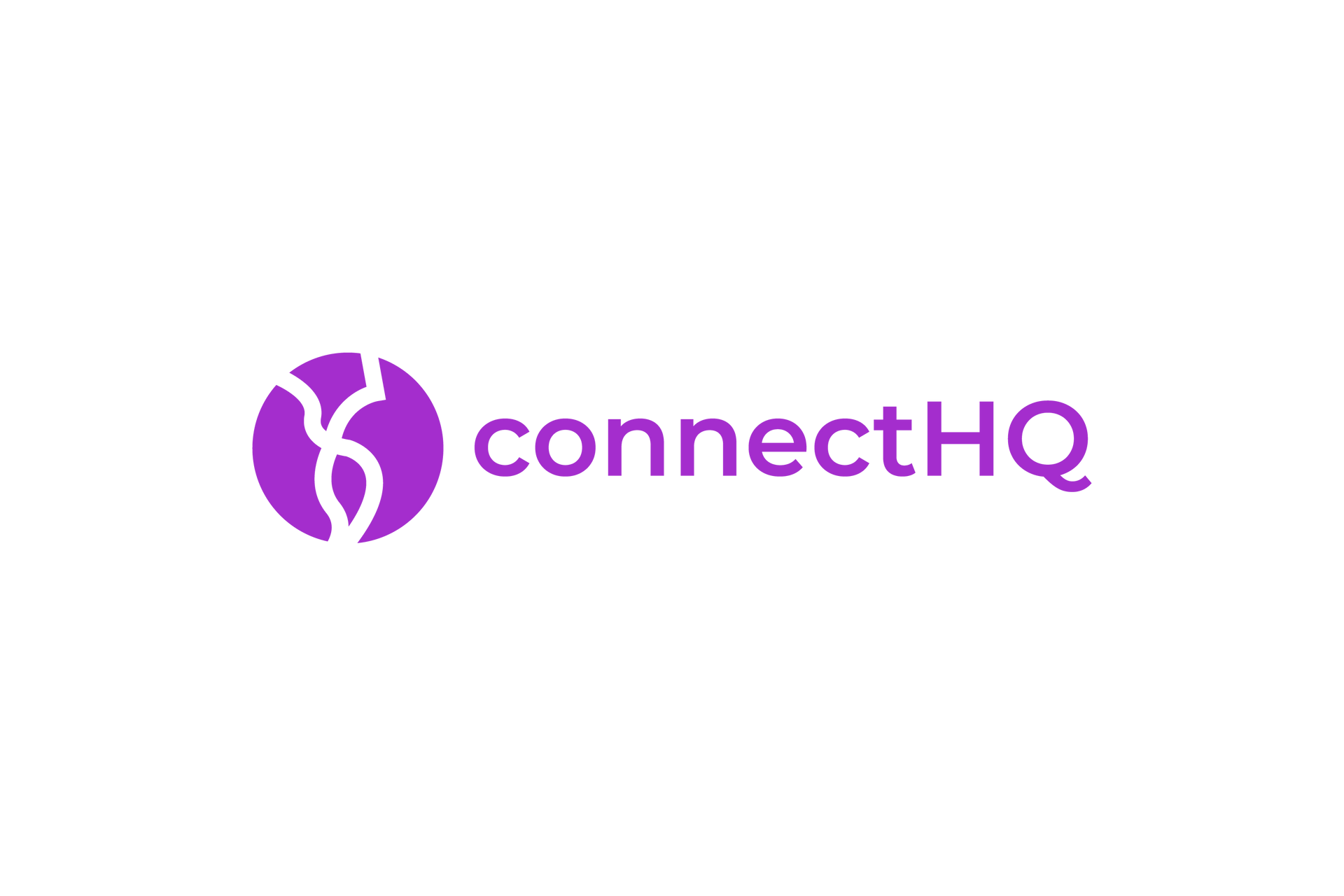Expanding Your B2B Marketing Strategy: How to Enter New Geographic Markets
Expanding into new geographic markets is a significant step for any B2B business aiming to scale its operations and increase revenue. However, successful market entry is not simply about setting up operations in a new region; it requires a well-thought-out strategy that combines market research, localized marketing, and an understanding of cultural nuances.
In this blog post, we'll explore how B2B companies can enter new geographic markets with a targeted marketing approach that ensures success and sustainability. Let's dive into the key steps for executing a successful B2B marketing strategy for new regions.
1. Conduct Thorough Market Research
Before you can create an effective marketing strategy for a new geographic market, you need to understand the region deeply. This goes beyond just looking at industry trends and potential competitors. Focus on:
- Target audience analysis: Who are the decision-makers in the region? Understand their business needs, challenges, and pain points. What are their purchasing behaviors and how do they approach vendor relationships?
- Market demand: Assess the demand for your products or services in the new market. What’s the growth potential? Are there regional issues or opportunities you can capitalize on?
- Competitor landscape: Identify who your competitors are in the region, both local and international. Understand their strengths and weaknesses, and look for ways to differentiate your offering.
- Regulatory environment: Different regions may have unique laws, trade policies, and tax structures that can impact your business. Ensure compliance with any local regulations that could affect marketing, sales, or product delivery.
Market research should be a continuous process, and insights gathered here will guide your entire marketing strategy moving forward.
2. Tailor Your B2B Marketing Message for the Region
Once you’ve gathered the data, it’s time to adapt your marketing message to resonate with your new audience. Customizing your messaging and communication channels is crucial for engaging new clients effectively. Consider the following:
- Language and culture: If you're entering a non-English-speaking market, it’s essential to localize your content. This isn’t just about translation but also adapting your language and tone to match cultural expectations. For example, in some countries, direct communication is valued, while others may prefer a more formal or indirect approach.
- Brand positioning: Your value proposition may need to be adjusted for the new market. What are the pain points and needs of businesses in this region? How can your solution best address those? Tailor your brand’s messaging to highlight how you are uniquely suited to solve regional problems.
- Case studies and testimonials: Regional case studies, customer testimonials, and success stories are invaluable in B2B marketing. By showing potential clients that you have successfully worked with businesses similar to theirs, you establish credibility and trust.
This localized approach ensures that your marketing speaks directly to the new audience in a way that resonates and feels relevant.
3. Leverage Local Partnerships and Networks
One of the most effective ways to break into a new market is by partnering with local businesses, distributors, or influencers who already have established networks and credibility. These partnerships help you navigate the local market and gain a competitive edge.
- Local distributors: Partner with trusted local distributors who can act as intermediaries between your company and new customers. They often have a deep understanding of the market and can provide valuable insights into regional business practices.
- Industry events and trade shows: Participate in local industry events or trade shows to increase visibility and engage directly with potential clients. Networking in person can be invaluable for building relationships and understanding local preferences.
- Influencer marketing: While influencer marketing is often associated with B2C businesses, it can be effective for B2B as well. Partner with thought leaders or industry experts in the new market to establish credibility and generate leads.
Building a network of local partners can significantly reduce the time it takes to establish your business and can provide you with a support system for navigating the local business landscape.
4. Develop a Multi-Channel Marketing Approach
When entering a new geographic market, it’s important to utilize multiple marketing channels to maximize your reach and visibility. Different regions may have varying preferences for digital platforms and communication methods. Consider the following channels:
- Content marketing: Publish region-specific blogs, whitepapers, and case studies that address the challenges and needs of businesses in the target market. Local content will establish your authority in the industry.
- SEO and SEM: Optimize your website for local search engines. This includes using the local language, creating location-specific landing pages, and investing in region-based paid advertising (Google Ads, LinkedIn ads, etc.).
- Email marketing: Email campaigns should be personalized for the new market. Consider using local customer data to segment and send targeted, relevant offers.
- Social media: Identify the most popular social media platforms in the new market. In some countries, LinkedIn is highly effective for B2B marketing, while others may prefer platforms like WeChat or Facebook. Craft a social media strategy to engage with your audience where they are most active.
Having a well-rounded marketing approach ensures that you’re consistently visible across multiple touchpoints, increasing the likelihood of conversion.
5. Invest in Local Customer Support
A key component of successful B2B marketing in new geographic markets is ensuring that customers receive exceptional support in their native language and time zone. This can involve:
Local customer service teams: Consider hiring or outsourcing customer service to individuals who understand the region’s language, culture, and business environment.
Training and education: Offer localized product training materials or webinars that are tailored to the needs of local clients. This will help ease the adoption process and foster trust.
24/7 support options: In some regions, businesses may operate outside of typical office hours, so providing round-the-clock support or flexible service options is an excellent way to meet customer expectations.
Quality customer support can be a powerful differentiator in competitive markets and shows that you are committed to providing long-term value to customers.
6. Measure, Analyze, and Optimize
As with any marketing campaign, you must consistently measure your results and adjust your strategy. This includes:
- Tracking key performance indicators (KPIs): Measure the effectiveness of your marketing efforts by tracking relevant KPIs, such as lead generation rates, conversion rates, and website traffic.
- A/B testing: Experiment with different marketing messages, ads, and campaigns to see what resonates best with the local audience.
- Customer feedback: Regularly ask for feedback from your local customers to understand what’s working and where there is room for improvement.
This data-driven approach allows you to continuously refine your marketing strategy to better align with the needs and preferences of the new market.
Conclusion
Entering a new geographic market is an exciting opportunity for B2B businesses, but it requires a comprehensive and strategic approach. By conducting thorough market research, tailoring your messaging, building local partnerships, and leveraging a multi-channel marketing approach, you can successfully break into new regions and increase your brand’s visibility.
With the right planning, adaptability, and commitment to customer satisfaction, your business can thrive in new geographic markets and unlock new growth opportunities.
Once you’re happy with the text, put it aside for a day or two, and then re-read it. You’ll probably find a few things you want to add, and a couple more that you want to remove. Have a friend or colleague look it over to make sure there are no mistakes. When your post is error-free, set it up in your blog and publish.


